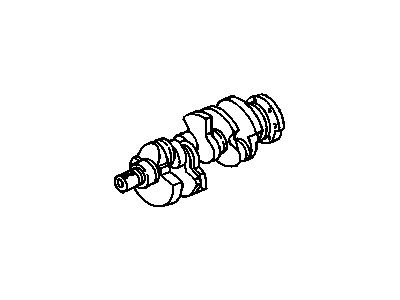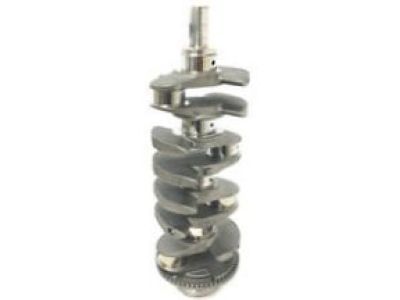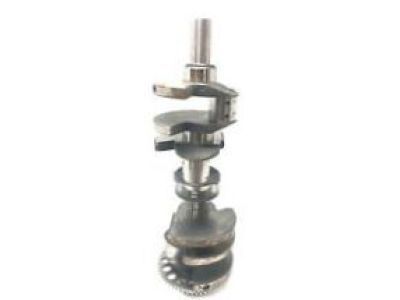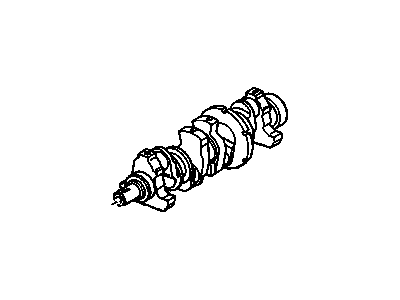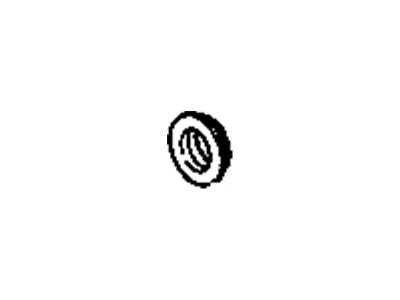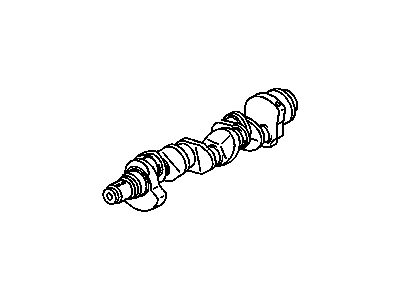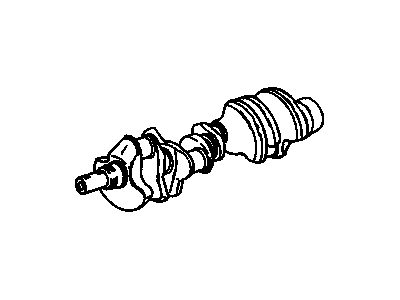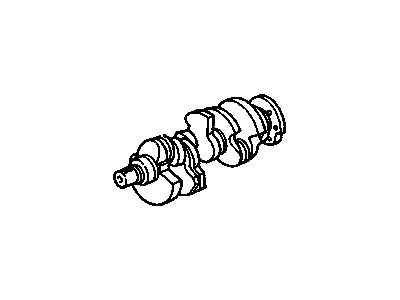
My Garage
My Account
Cart
Genuine Chevrolet S10 Crankshaft
Crank Shaft- Select Vehicle by Model
- Select Vehicle by VIN
Select Vehicle by Model
orMake
Model
Year
Select Vehicle by VIN
For the most accurate results, select vehicle by your VIN (Vehicle Identification Number).
8 Crankshafts found
Chevrolet S10 Engine Crankshaft
Part Number: 12555637$511.58 MSRP: $815.92You Save: $304.34 (38%)Ships in 1-3 Business Days
Chevrolet S10 Crankshaft
Each OEM Chevrolet S10 Crankshaft we offer is competitively priced and comes with the assurance of the manufacturer's warranty for the part. Furthermore, we guarantee the speedy delivery of your orders right to your doorstep. Our hassle-free return policy is also in place for your peace of mind.
Chevrolet S10 Crankshaft Parts Questions & Experts Answers
- Q: How can you ensure the crankshaft oil holes are properly prepared and the crankshaft is in good condition before reassembly on Chevrolet S10?A:Remove all burrs from the crankshaft oil holes with a stone, file, or scraper to ensure the oil holes are chamfered, preventing sharp edges from gouging or scratching the new bearings. Clean the crankshaft with solvent and dry it with compressed air if available, ensuring to clean the oil holes with a stiff brush and flush them with solvent. Check the main and connecting Rod Bearing journals for uneven wear, scoring, pits, and cracks, and inspect the rest of the crankshaft for cracks and other damage, which should be magnafluxed by an automotive machine shop to reveal hidden issues. Using a micrometer, measure the diameter of the main and connecting rod journals at several points to detect taper and out-of-round conditions, taking measurements at each end of the journal near the crank throws. If the crankshaft journals are damaged, tapered, out-of-round, or worn beyond specified limits, have the crankshaft reground by an automotive machine shop, ensuring the use of the correct size bearing inserts if reconditioned. Check the oil seal journals at each end of the crankshaft for wear and damage; if grooves, nicks, or scratches are present, the new seal may leak upon reassembly. In some cases, an automotive machine shop may repair the journal by pressing on a thin sleeve, but if repair isn't feasible, a new or different crankshaft should be installed. Examine the main and rod bearing inserts for further assessment.
Related Chevrolet S10 Parts
Browse by Year
2004 Crankshaft 2003 Crankshaft 2002 Crankshaft 2001 Crankshaft 2000 Crankshaft 1999 Crankshaft 1998 Crankshaft 1997 Crankshaft 1996 Crankshaft 1995 Crankshaft 1994 Crankshaft 1993 Crankshaft 1992 Crankshaft 1991 Crankshaft 1990 Crankshaft 1989 Crankshaft 1988 Crankshaft 1987 Crankshaft 1986 Crankshaft 1985 Crankshaft 1984 Crankshaft 1983 Crankshaft 1982 Crankshaft
